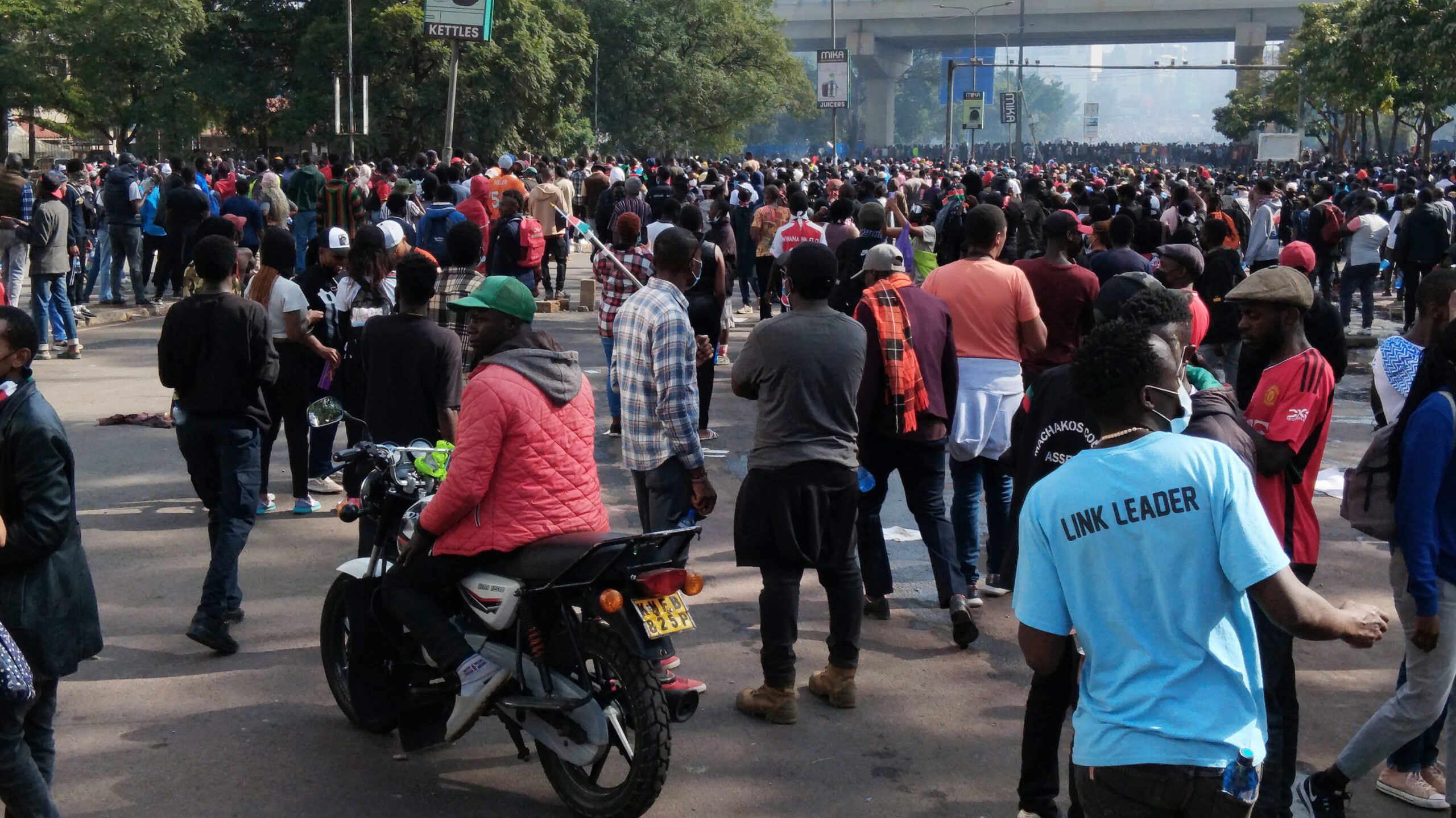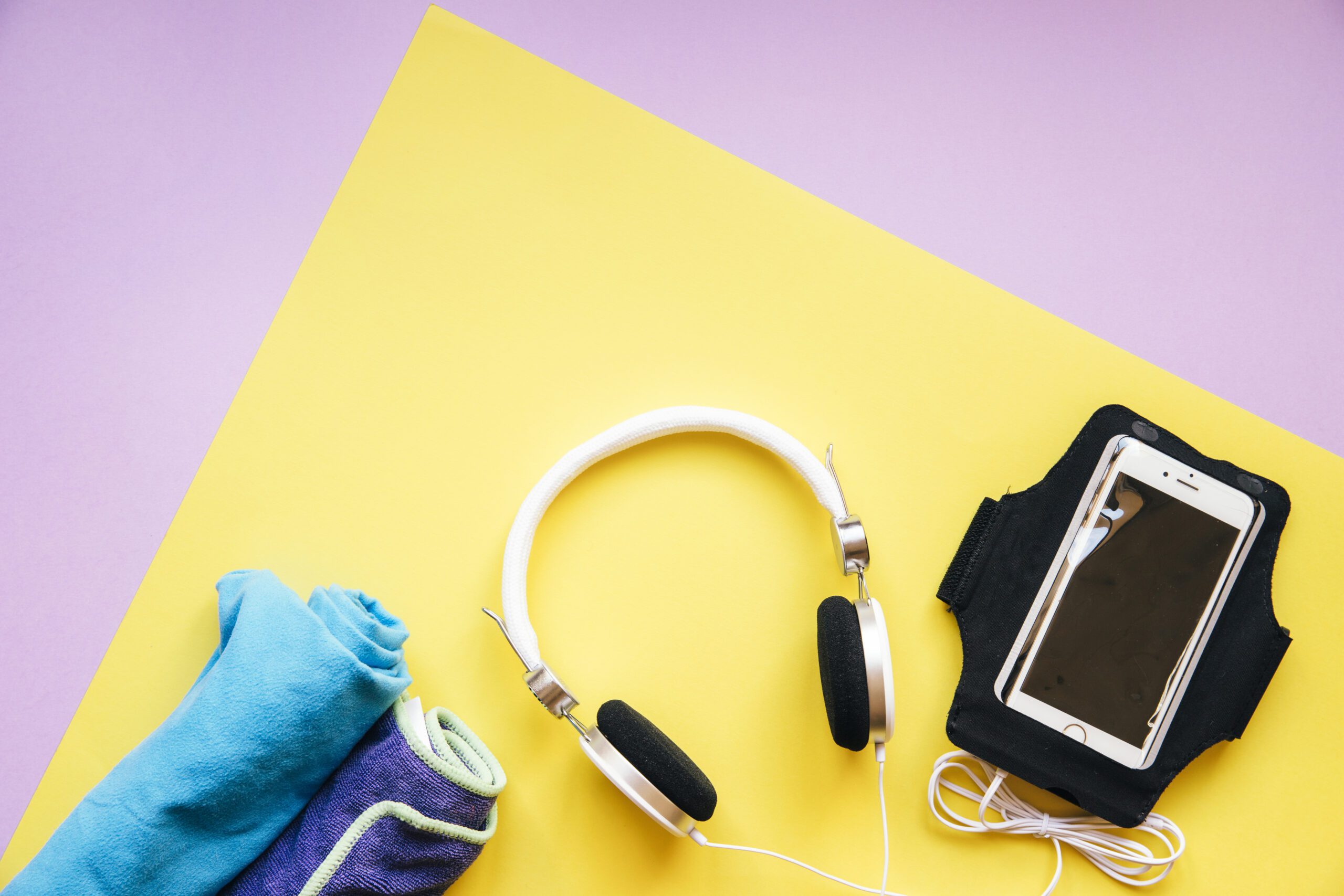First aid for burns and scalds
Children are generally adventurous, which is healthy for their growth, but as a caregiver you must always be on the look out to ensure your child is safe from accidents such as burns. If an accident happens and your child gets burns or scalds, the information in this article will help you administer first aid before consulting a doctor.
The dangers of a bad burn or scald are that the child will lose a lot of body fluids from the burnt skin and this can lead to shock. Also, the skin is the body’s natural barrier and when it is destroyed, the body is exposed to germs and infection. So don’t ignore burns and take remedial action as soon as possible. Burns can be caused by fire, electricity, corrosive chemicals, or coming into contact with a hot object. Scalds, on the other hand, are caused by wet heat, such as steam and hot liquids.
HELPING A CHILD WITH BURNS
Remove the child from the source of fire or heat. Cool the burnt area immediately under cold running water for ten minutes or by repeatedly pouring cold water over the skin. Do not use iced water or a shower as this could worsen the situation.
Carefully remove tight clothing or jewellery from your child before the skin starts to swell.
Do not pull away charred clothing sticking to the skin, but gently remove any other clothing around the burn. If it is a chemical burn, be careful not to burn yourself or the child further.
Cover the injury with a sterile dressing, or any clean, non-fluffy material to protect it from infection.
If the burn is small and not on the face, genital area, palm, fingers, sole or a joint, you may not need to take the child to a doctor.
If the burn is extensive, rush the child to the hospital casualty department or call an ambulance.
TREAT SHOCK AS YOU WAIT FOR HELP
Severe burns or other blistering can cause shock, so while waiting for help, check out for signs of shock and treat them accordingly. You know your child may be getting into shock if you notice any of the following signs: pale or cold skin, sweating, yawning, gasping for air, shallow rapid breathing, muscle weakness, rapid pulse or fainting. A child experiencing shock may also appear restless and anxious, or may be nauseated or suddenly become unconscious.
Do the following before help arrives:
If your child is unconscious, call out for help, you could also get an ambulance if possible.
Control bleeding if present.
Do not move the child unnecessarily, but put him in the recovery position if he is unconscious, his breathing is difficult, or you think he is likely to vomit.
Cover him lightly to prevent chilling, but do not overdo it.
Do not give him anything to drink or eat.
Keep checking his breathing and heartbeat.
Comfort him.
TREATING BURNS AT HOME
Dry the affected area gently. Do not use cotton wool as it could stick.
Do not put any grease or oily creams on the burn and do not prick the blisters. Either leave the burn alone or dab it with some aloe vera gel or lavender oil.
Cover with a dry, non-adhesive burns dressing to prevent infection.
Keep the burnt part raised to reduce swelling.
If the burnt skin becomes infected (red and oozing pus or increasingly painful) consult your doctor. He may recommend antibiotics to treat the infection.
WHEN THE CHILD’S CLOTHES ARE ON FIRE
If you are near a tap or other water supply, drench the clothes with lots of water.
If not, cover the child in a rug blanket, coat or curtain fabric.
Do not use anything made of synthetic material as this could make the flames worse.
If there is nothing in your hand, lie on the child and smother the flames with your own body. Fire needs oxygen to burn, so the idea is to cover the flames and prevent more air from getting to them.
Do not roll the child along the ground as this could increase the area burnt.




